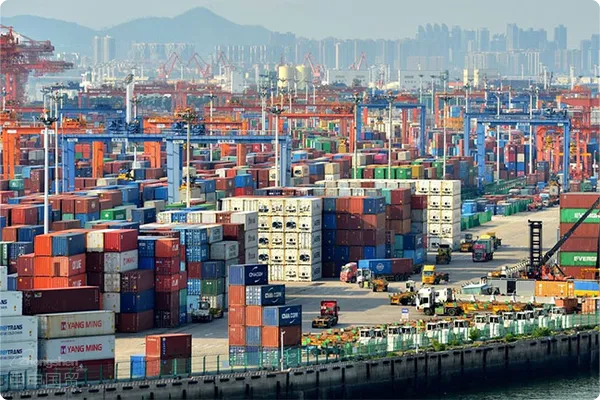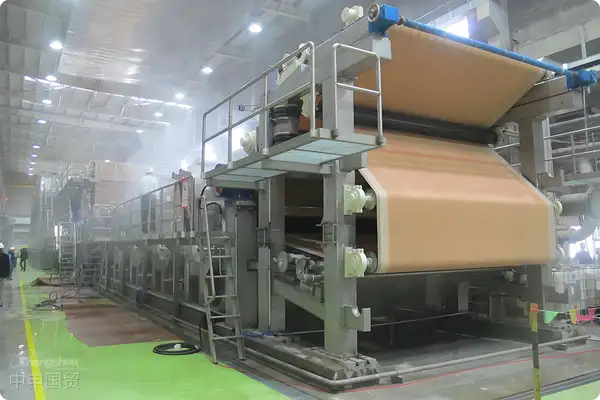- Shanghai Zhongshen International Trade Co., Ltd. - Two decades of trade agency expertise.
- Service Hotline: 139 1787 2118

When Imported Equipment Faces Customs Barriers: The Value of Professional Agency
After the implementation of the newly revised Mechanical and Electrical Products Import Management Measures in 2025, an engineering machinery importer caused a $3.2 million tunnel boring machine to be detained at the port for 23 days due to failure to timely grasp the details of HS code adjustments. This case revealed three major pain points in mechanical equipment:Import Clearancevague technical parameter certification standards, insufficient utilization of tariff preferential policies, and complex testing and certification processes. The value of professional customs clearance agents is precisely reflected in their control capabilities in these critical areas.
Six Core Control Points for Equipment Customs Clearance
- Technical Parameter Verification
- Equipment power value deviation from declared parameters must not exceed ±5%
- Conversion rules between EU CE certification and domestic CCC certification
- Tariff Optimization Configuration
- Dynamic selection between FTA rates and MFN rates
- Key component breakdown declaration strategy
- Special supervision procedures
- Used equipment: Must provide depreciation assessment reportequipment. For example, Indonesia has the SNI certification, Thailand has the TISI certification, and the Philippines has the BPS certification. It is necessary to confirm in advance the equipment voltage (such as 380V/50Hz in Thailand), the compatibility of the CE certification, and the proof of environmentally friendly materials.Pre-shipment inspection specifications
- Special equipment filing process for pressure vessels
Agent service provider capability evaluation model
We recommend enterprises establish an evaluation system from five dimensions:
- Port clearance efficiency: Average release time at key ports
- Policy Response Speed: Early warning mechanism before new regulations take effect
- Emergency handling capacity: Success rate of resolving inspection anomalies
- Cost control level: Tariff assessment accuracy rate
- Technical interpretation depth: Equipment technical standard conversion capability
Comparative analysis of typical service cases
- Case A: Import of precision machine tools by a German company
- Self-customs clearance: incurred overdue declaration fines of 120,000 yuan
- Agency customs clearance: saved 280,000 yuan in tariffs by utilizing classification differences
- Case B: Import of used equipment by a Japanese company
- Self-customs clearance: failed environmental inspection resulting in return shipment
- Customs clearance agency: Pre-processing solution saves 17 days in clearance time
New trends in agency services for 2025
With the upgrade of customs AEO certification standards, premium agency service providers have developed three new service modules:
- End-to-end visual tracking system
- Intelligent matching system for tariff pre-determination
- Technical trade measures early warning platform
Five golden rules for selection decisions
- Completeness of inspection anomaly case database
- Average years of experience in customs affairs team
- Volume of accumulated clearance data for key commodities
- Density of localized service network coverage
- Frequency of policy interpretation updates
The customs clearance of machinery and equipment imports is essentially a precise calculation of technical parameters, tariff rules, and regulatory policies. The value of professional agency services is reflected not only in the clearance efficiency of individual transactions but also in establishing continuously optimized clearance models. When enterprises incorporate the customs clearance process into their supply chain strategy system, choosing partners with technical deconstruction capabilities often yields value returns that exceed expectations.
Related Recommendations
Category case
Contact Us
Email: service@sh-zhongshen.com
Related Recommendations
Contact via WeChat

? 2025. All Rights Reserved. Shanghai ICP No. 2023007705-2  PSB Record: Shanghai No.31011502009912
PSB Record: Shanghai No.31011502009912








